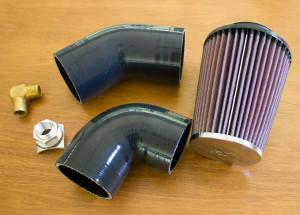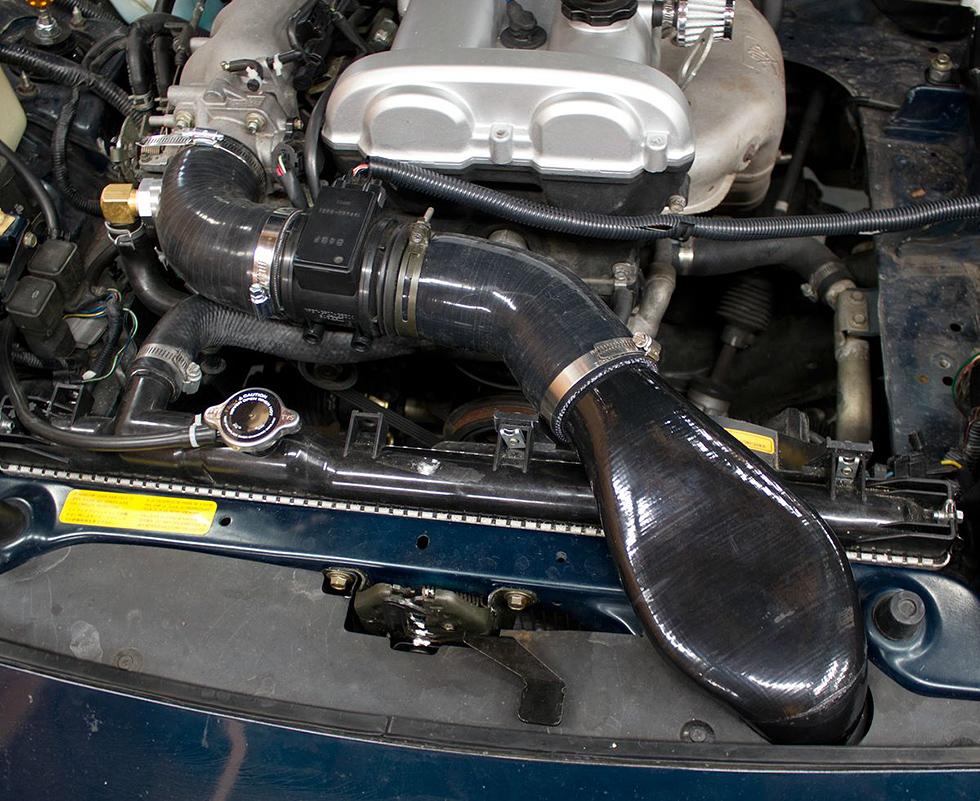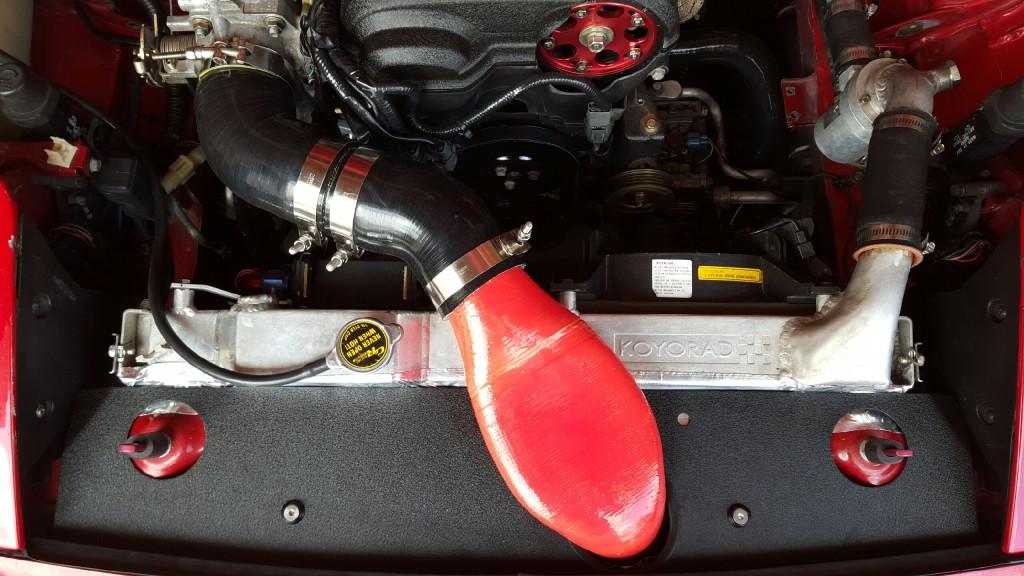 There is much evidence about how functional and convenient 3D printing can be. Businesses and individuals constantly report that they are using the technology to reproduce or improve small to large replacement parts, making their repair time much quicker. Examples I have written about before range from huge companies like Caterpillar Inc., which uses 3D printing to save time on the assembly line, to individuals like Frankie Flood, who used 3D printing to sand cast a wing nut he could no longer order. Given what a significant financial investment automobiles are, you can imagine how convenient it can be to be able to 3D print replacement car parts. But also consider 3D printed engine modifications that add original “aftermarket” parts you can successfully 3D print — like this cold air intake for an older model Mazda Miata that will power up your engine right quick!
There is much evidence about how functional and convenient 3D printing can be. Businesses and individuals constantly report that they are using the technology to reproduce or improve small to large replacement parts, making their repair time much quicker. Examples I have written about before range from huge companies like Caterpillar Inc., which uses 3D printing to save time on the assembly line, to individuals like Frankie Flood, who used 3D printing to sand cast a wing nut he could no longer order. Given what a significant financial investment automobiles are, you can imagine how convenient it can be to be able to 3D print replacement car parts. But also consider 3D printed engine modifications that add original “aftermarket” parts you can successfully 3D print — like this cold air intake for an older model Mazda Miata that will power up your engine right quick!
This example of a new engine part print job was executed by a Reddit user called “TheRealSpaceTrout,” who took the original design from “hard surface freelance artist” Alec Moody. Moody has worked in the game industry for 14 years, and he co-owns handplane, which develops tools for video game artists. But he also designs 3D printable models, including his “aftermarket” cold air intake system for Miatas made between 1994 and 1997. Cold air intakes are engine modifications, which means they aren’t included in the original vehicle. This modification moves the engine’s air filter outside so that cooler denser air is sucked into the engine; this brings more oxygen, and hence more power, into the combustion chamber.
Here, Moody explains the design, which is open source with available files:
“The design started with a urethane expanding foam pour to capture the availible negative space, that was 3d scanned and I have made about a dozen design iterations over the course of 9 months. I was careful in the design to make smooth transitions between shapes and keep a very consistent cross sectional area at every point of the duct.”
 When TheRealSpaceTrout 3D printed the intake modification, he used ABS plastic, acetone vapor bath, and XTC-3D coating. A hole cut into a K&N filter allows for air to enter the tube.
When TheRealSpaceTrout 3D printed the intake modification, he used ABS plastic, acetone vapor bath, and XTC-3D coating. A hole cut into a K&N filter allows for air to enter the tube.
Moody also reports he has only printed the part in ABS, because he states that PLA will “almost definitely melt or deform.” Moody prints everything in multiple sections, and bonds them with ABS cement — “MEK solvent with ABS filler” — which he found in the Home Depot plumbing section.
If you have a Mazda Miata, or know someone who does and would like to add some 3D printed power to the car, you can check out this cold air intake, which proves to be more cost effective and easier to install than other car engine modifications. Discuss in the 3D Printed Cold Air Intake forum over at 3DPB.com.
Subscribe to Our Email Newsletter
Stay up-to-date on all the latest news from the 3D printing industry and receive information and offers from third party vendors.
You May Also Like
APWORKS Expands Scalmalloy 3D Printing with Farsoon and CNPC Partnerships
In the lead up to Formnext 2024, Airbus subsidiary APWORKS has teamed up with Farsoon Technologies and CNPC Powder to expand the production and application of Scalmalloy, APWORKS’ high-strength, corrosion-resistant...
3D Printer OEM Axtra3D Raises Nearly $10M in Series A
Axtra3D, an original equipment manufacturer (OEM) of 3D printers leveraging the company’s patented Hybrid Photosynthesis (HPS) technology, has received another $4.5 million in Series A financing, bringing its total Series...
Caracol AM to Launch its First Metal 3D Printer at Formnext 2024
Caracol AM, a US-Italian original equipment manufacturer (OEM) of large-format additive manufacturing (AM) systems, has announced the launch of the company’s first metal printer, Vipra AM. A directed energy deposition...
ADDIMETAL to Debut First French Metal Binder Jetting 3D Printer at Formnext 2024
ADDIMETAL, a French original equipment manufacturer (OEM) of additive manufacturing (AM) hardware, will debut its first product, the K2-2 metal binder jetting (MBJ) printer, at Formnext 2024 in Frankfurt, Germany...







































